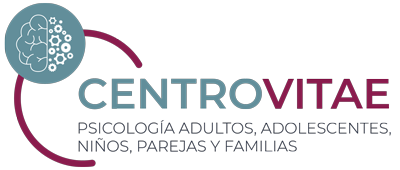What is attachment?
A child attaches to a caregiver in the childhood, during the first years of her or him. The process of attachment includes a range of interactions where the primary caregiver meets basic needs for survival and promotes an adequate physical and emotional development. Depending on this process a child can develop a secure attachment or not-secure attachment (avoidant, resistant and disorganized) what could affect her/him both physical and psychological health a long her/his life.
Problems of not-secure attachments
The consequences of not-secure attachments developed affects to the self-confidence, self-esteem, difficulties in the emotional regulation, lack of impulsive control, difficulties to trust others, poor social skills, cognitive and behavioural problems.
There are four attachments styles:
· Secure: the secure attachment style represents about 60% of attachments styles. These are child whose caregivers responded both properly and sensitively to needs of the baby, moreover caregiver provided to them love and affection.
· Avoidant: the avoidant attachment style is developed when caregivers are neither sensitive nor reactive to needs of the child. In consequence, these children are more likely to avoid showing their emotions, so they could have serious problems to regulate them.
· Resistant: this attachment style is also known as anxious or worried attachment and it is developed when caregivers sometimes provides cares but sometimes not, for this reason, the child is anxious or worried about if her/his caregiver is for her/him or not. These adults can be very insecure within relationships.
· Disorganized: this style is formed when caregivers are frightening, abusing, maltreating or are atypical in their cares for the baby/child so there isn`t a clear strategy for looking for attentions or cares. In adults can be shown in stormy relationships.
What is Attachment Trauma?
Attachment trauma is interpersonal trauma, mainly for the traumatic experience in the attachment relation between a child and her/his primary caregiver. Attachment trauma is also known as early childhood trauma (complex trauma) and childhood emotional trauma.
If a caregiver provides inadequate cares, affections, attentions or don’t supplies the baby needs, even maltreat or ignore her/him, it is probably the baby/child (and later the adult) develops attachment trauma. Attachment trauma can also be considered any interaction which provokes an important disruption in the establishment of the attachment bond as well as the exposed to repeated neglect, abuse or maltreatment.
Attachment trauma affects both physical and psychological health. Attachment trauma may cause a significant impact in the most important life areas: educational, labour, social and personal area aside from the affliction that the person suffers inside.
Coping with Attachment Trauma
Treating attachment trauma is possible and necessary for carrying a complete and positive life. Each person has her/his own experiences with a caregiver and the attachment trauma was developed differently besides the consequences aren’t the same in each case. So, attachment trauma treatment needs to be considered individualized for each person. So, the first step is looking over of attachment developed and the repercussion in the present life.
EMDR therapy is adequate for treating attachment trauma because helps to deal and heal attachment traumatic experiences through the desensitizing and reprocessing painful memories in the attachment relation and the impact of these in thoughts, beliefs, emotions and behaviour.

